Griffiths Gnat 03/03/2025 Photo Album
I searched back in time across this blog, and I found no posts on the Griffiths gnat. I know I have tied some, so I suppose I neglected to write a report on this diminutive fly. It requires only two materials aside from the hook and thread, and those two are peacock herl and grizzly hackle. The aspect of this fly that makes it challenging to tie is its small size.
I expanded my efforts to fish in lakes over the past several years, and midges comprise a huge portion of the biomass in stillwaters. A Griffiths gnat is purported to be a solid imitation of an adult midge, so adequate quantities in my fly box are highly recommended. I have tied a griffiths gnat to my line from time to time on lakes, but I would characterize my success as sporadic. Unfortunately I knot one of these on my line, when the fish are rising sporadically, and I am not certain what they are eating, so I may be misjudging the source of the trout protein.
Apparently I had not tied these in a while, so I counted my supply and concluded that I could use another four, so I settled at my tying station and generated them. I am ready for stillwater action in 2025.

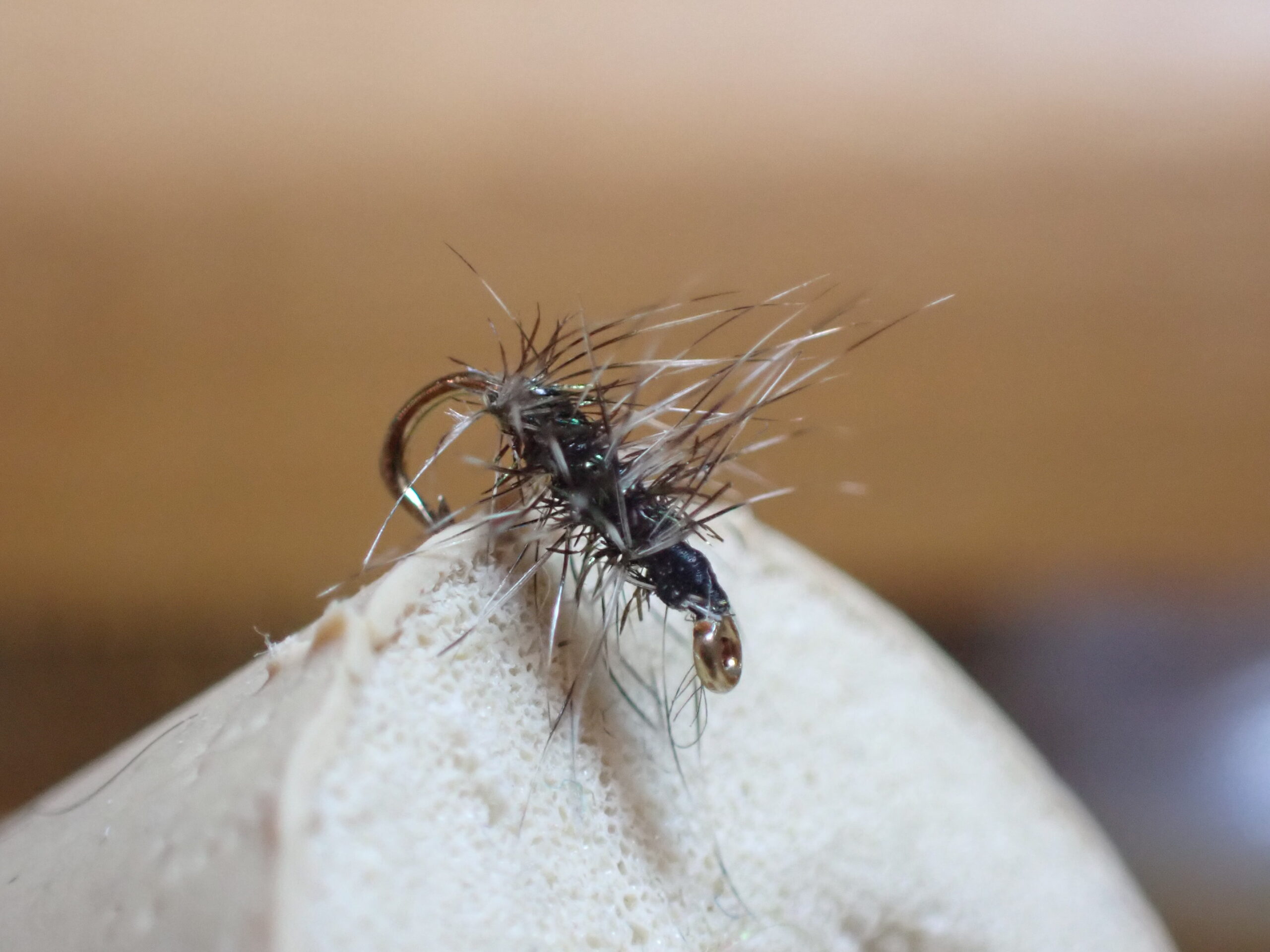 A Model Griffiths Gnat
A Model Griffiths Gnat A Clump of Four
A Clump of Four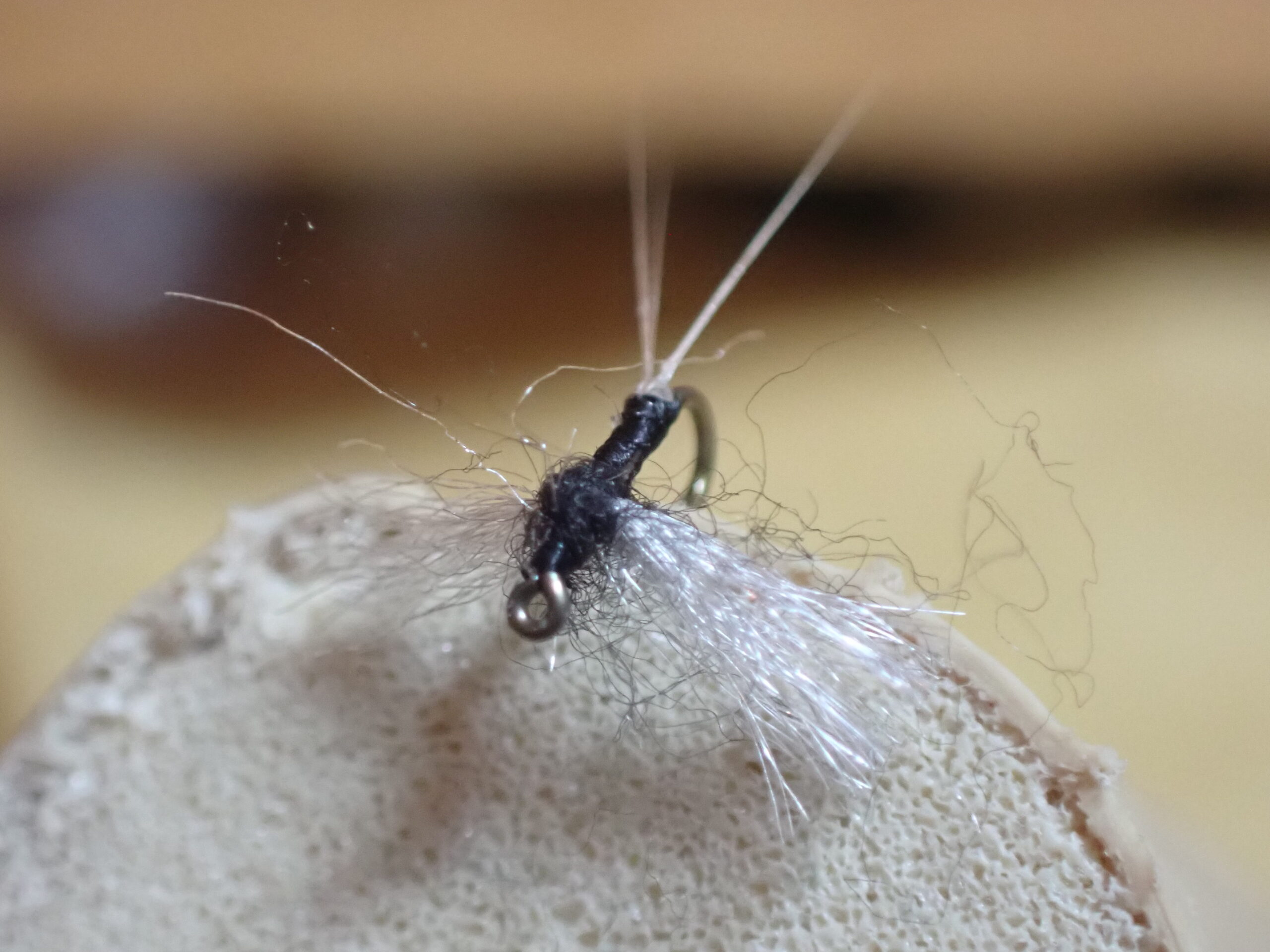 Trico Spinner
Trico Spinner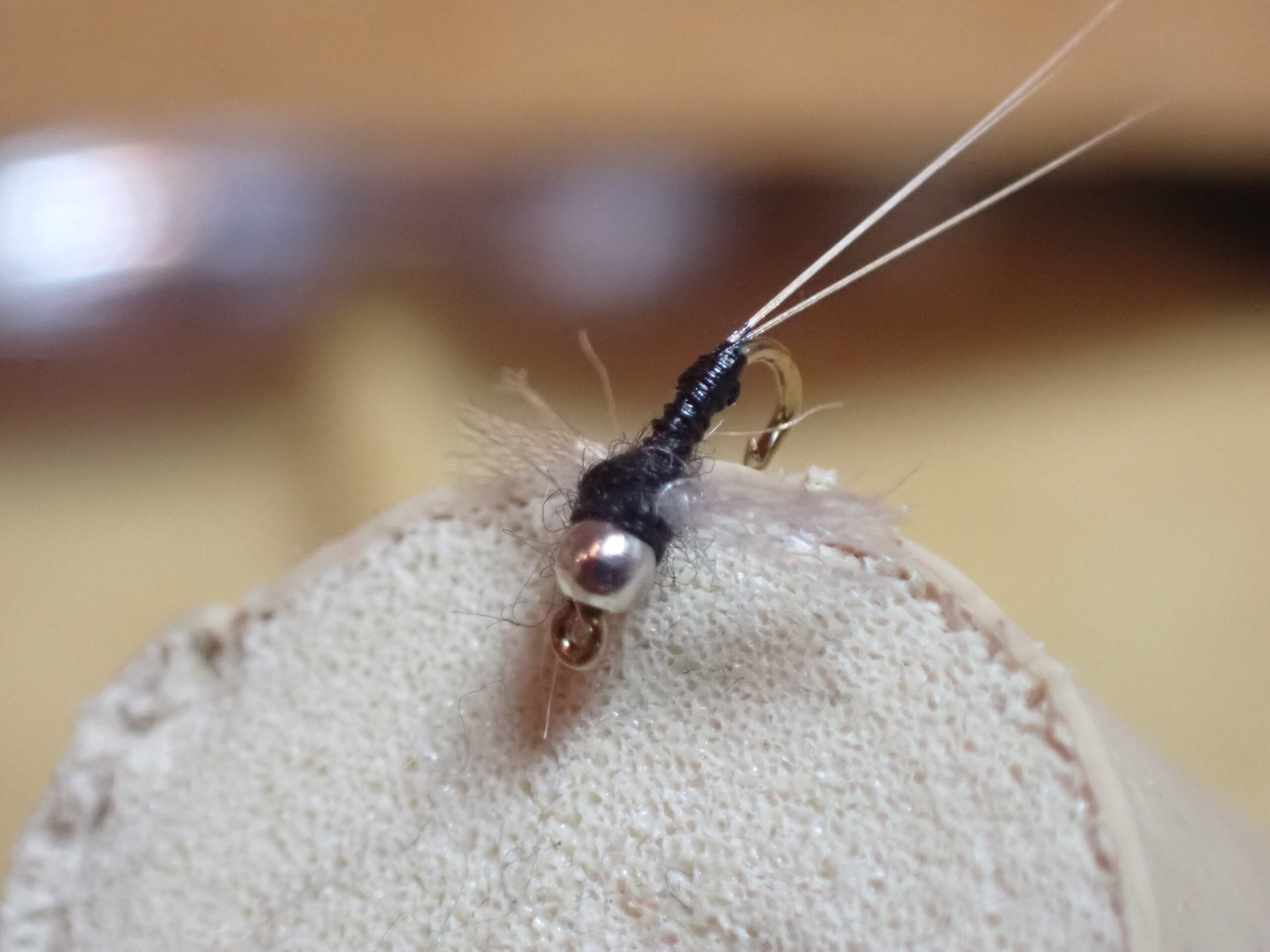 Sunk Trico
Sunk Trico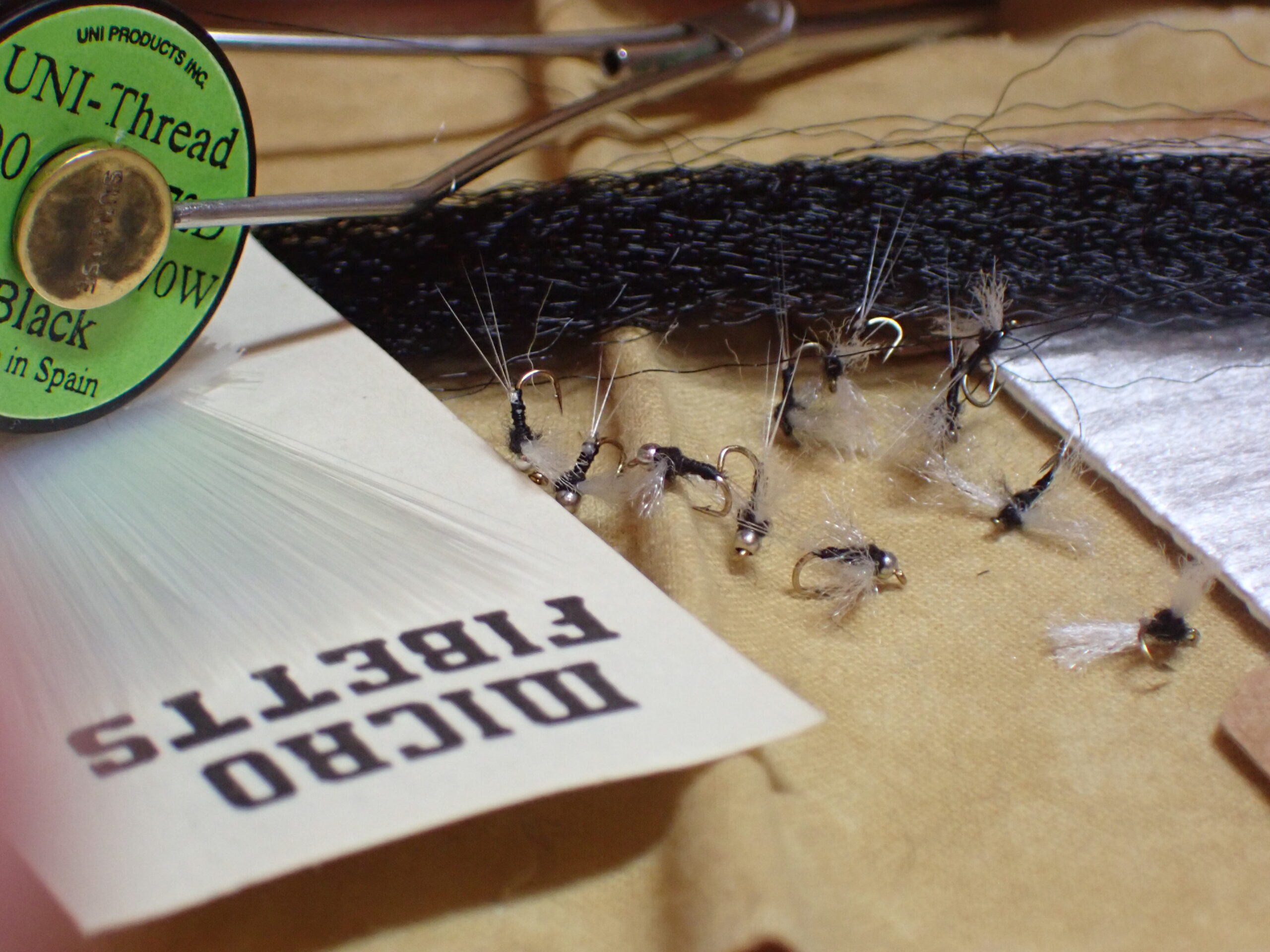 Trico Assortment
Trico Assortment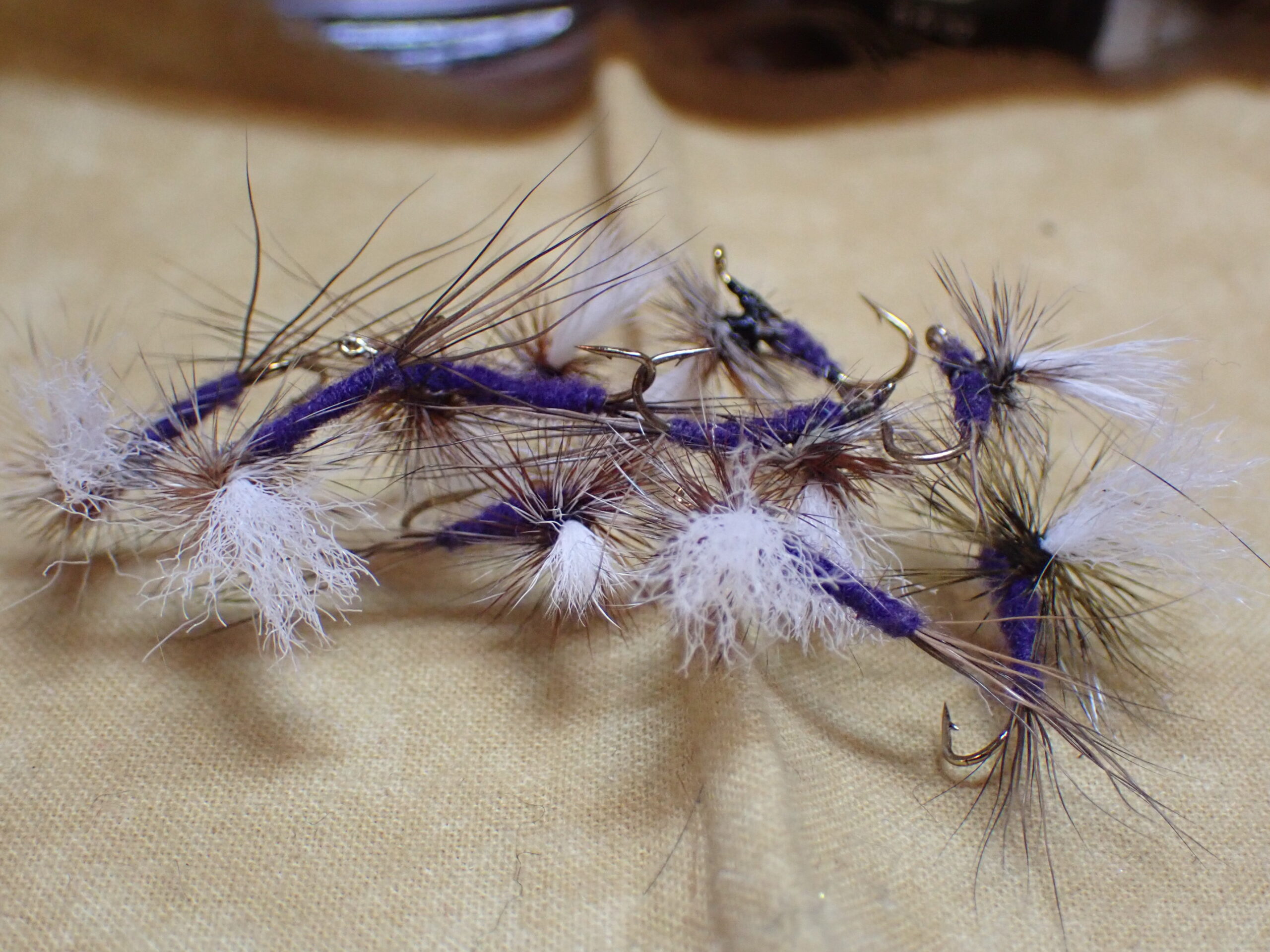 Flies from Storage
Flies from Storage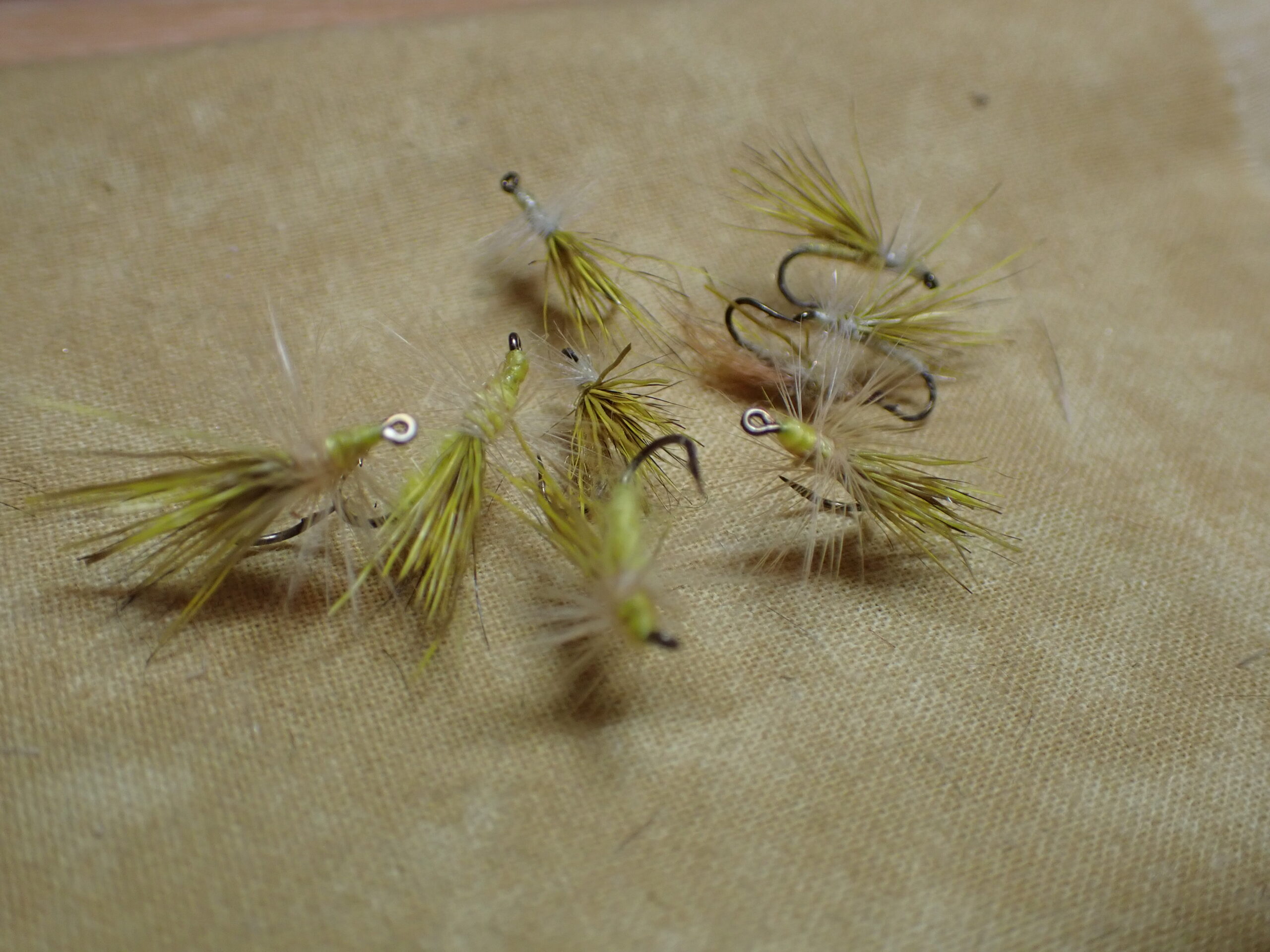 From My Storage Box
From My Storage Box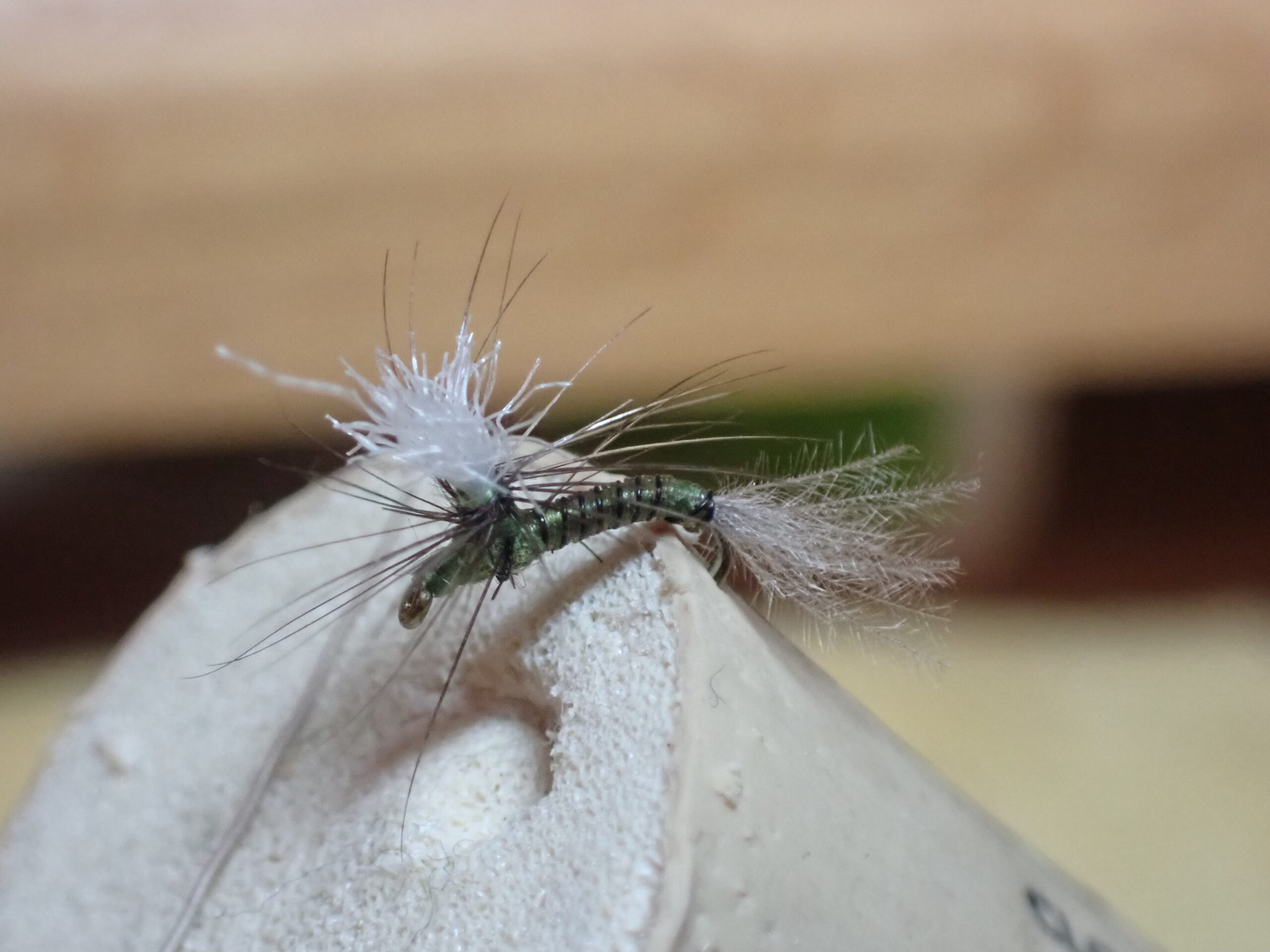 Visible White Wing Post Is Welcome for Tracking
Visible White Wing Post Is Welcome for Tracking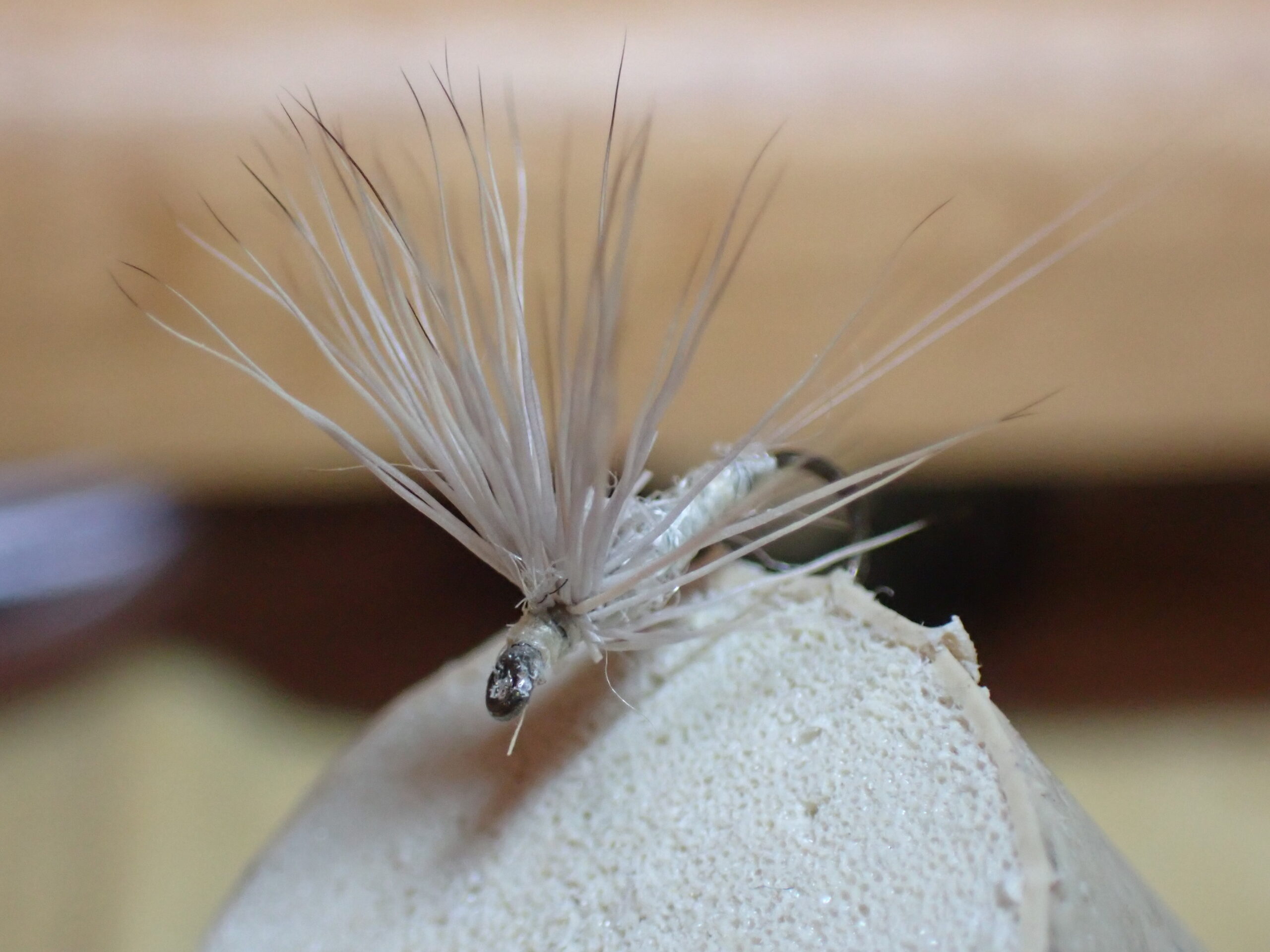 Nice Fan Wing Size 16 Light Gray Comparadun
Nice Fan Wing Size 16 Light Gray Comparadun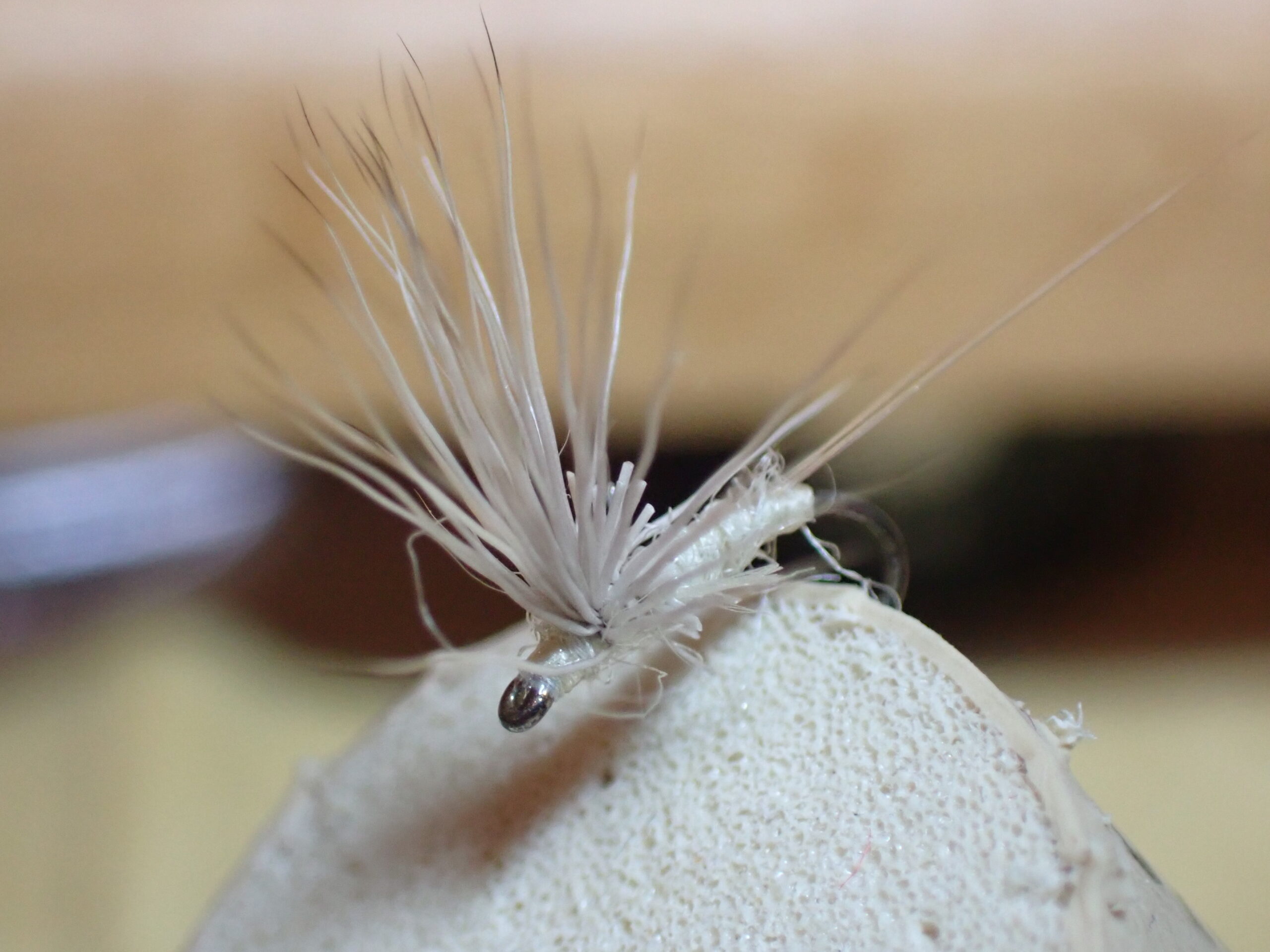 Size 18 Light Gray on a Refurbished Hook
Size 18 Light Gray on a Refurbished Hook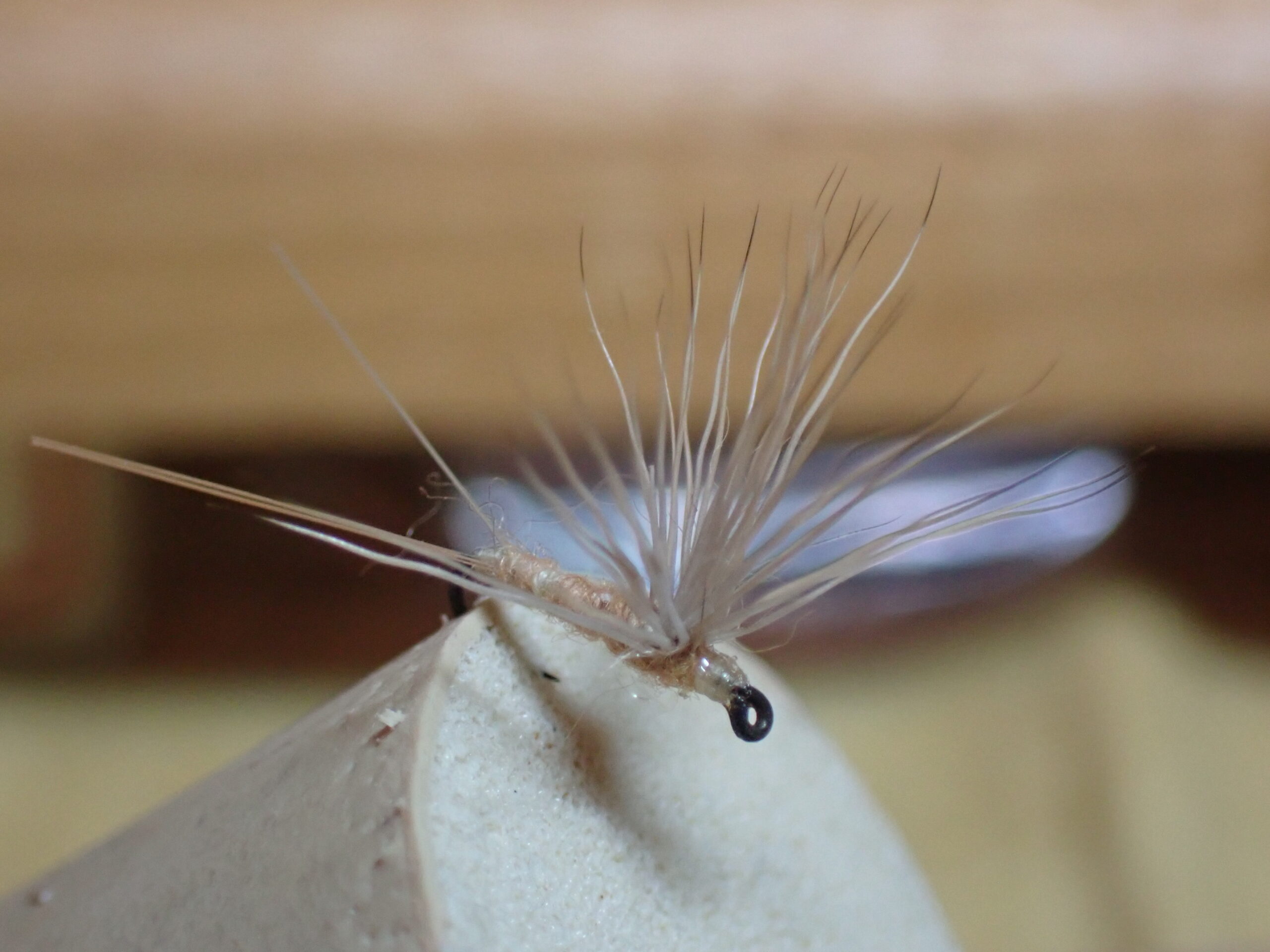 Size 18 Cinnamon Comparadun
Size 18 Cinnamon Comparadun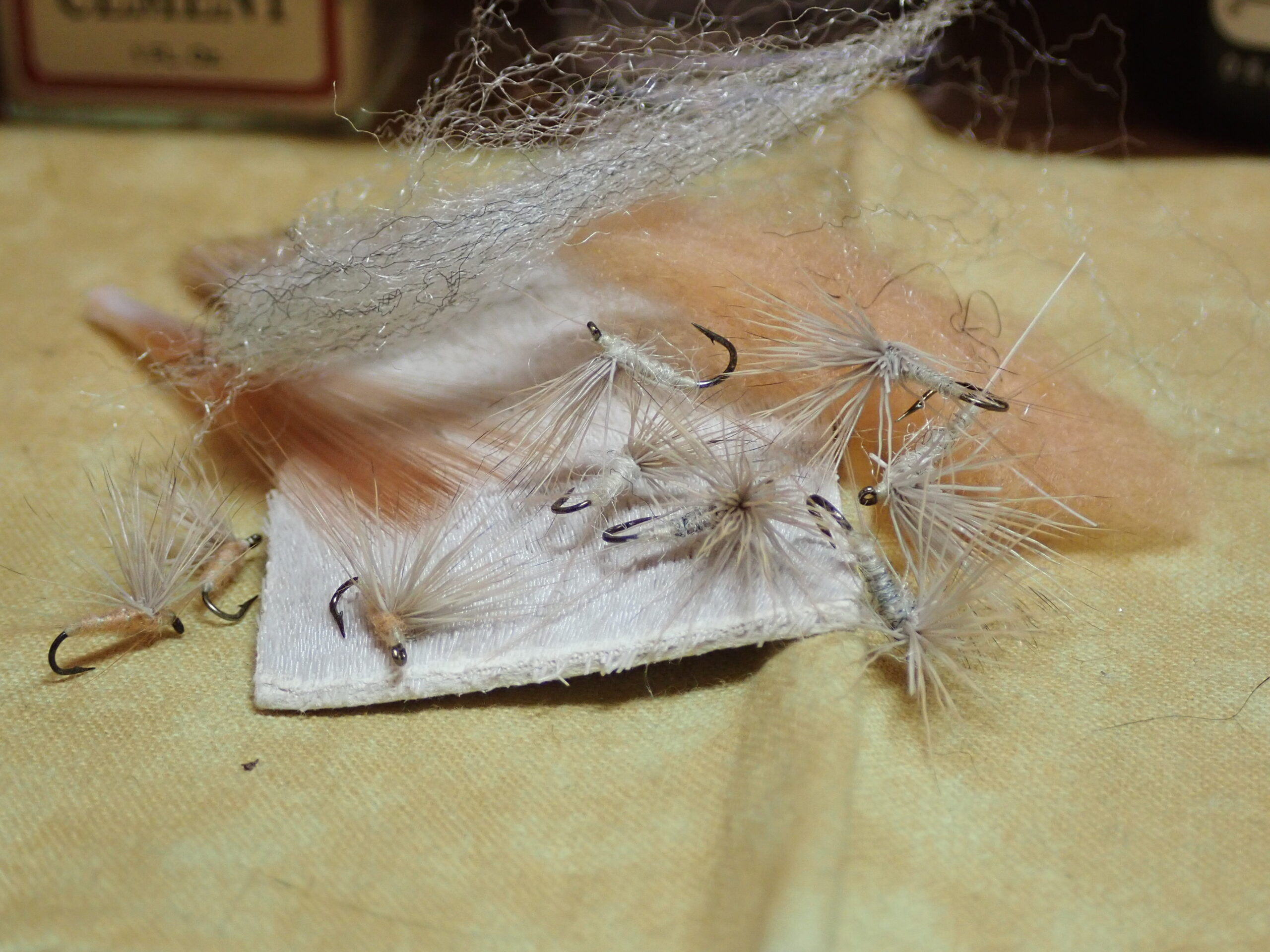 Nine New Comparaduns with Associated Materials
Nine New Comparaduns with Associated Materials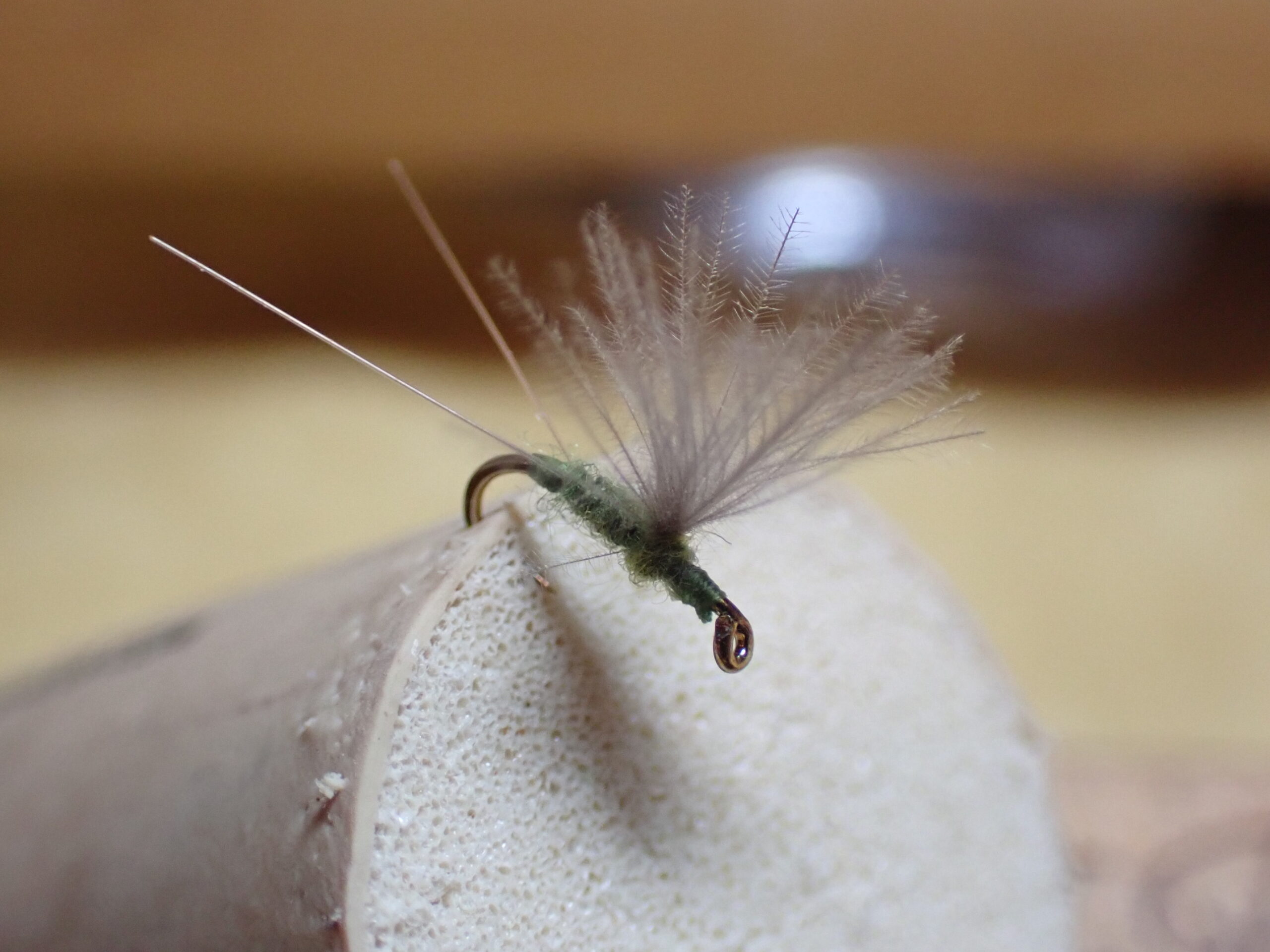 Size 20
Size 20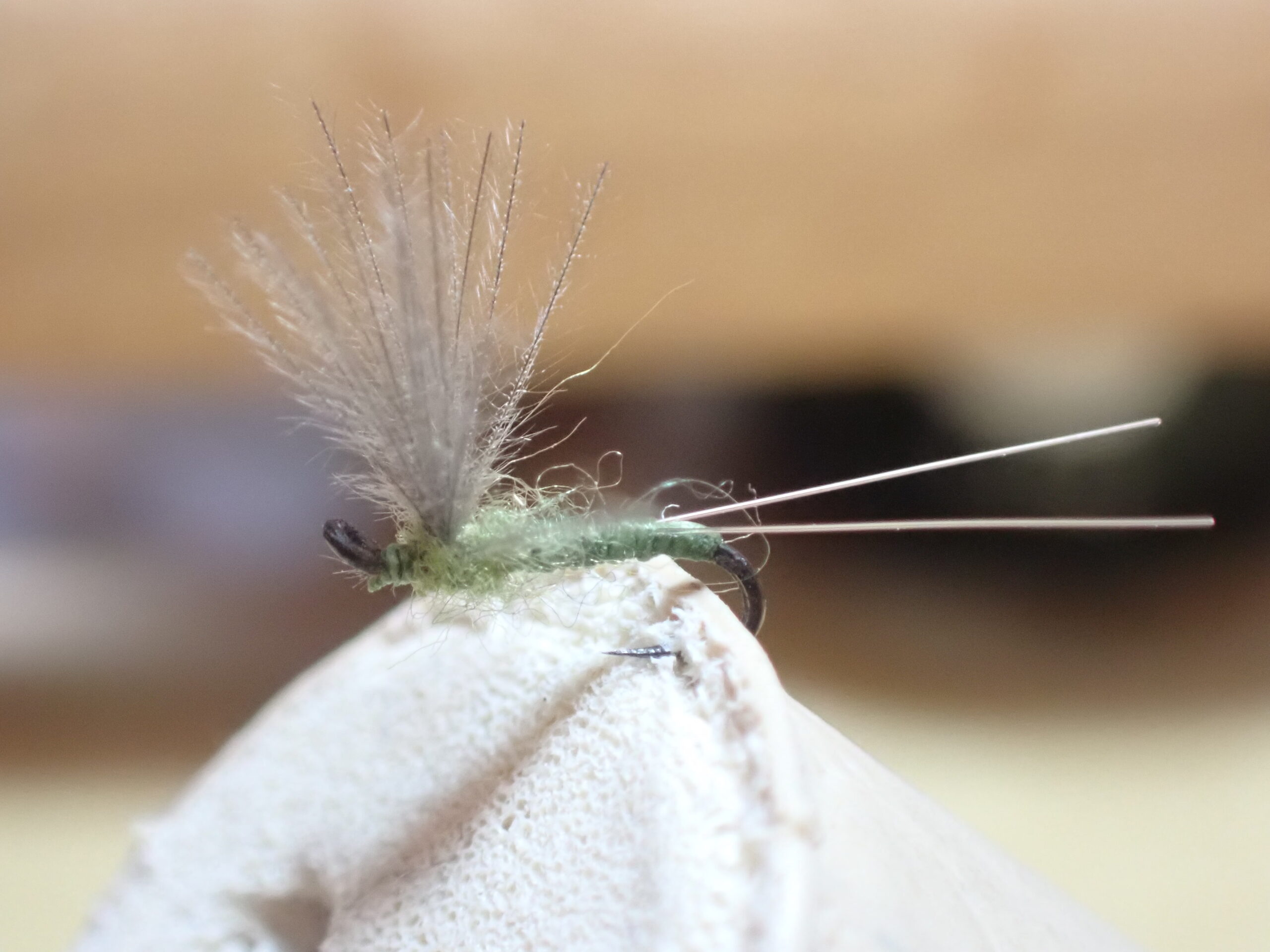 Minute Size 24
Minute Size 24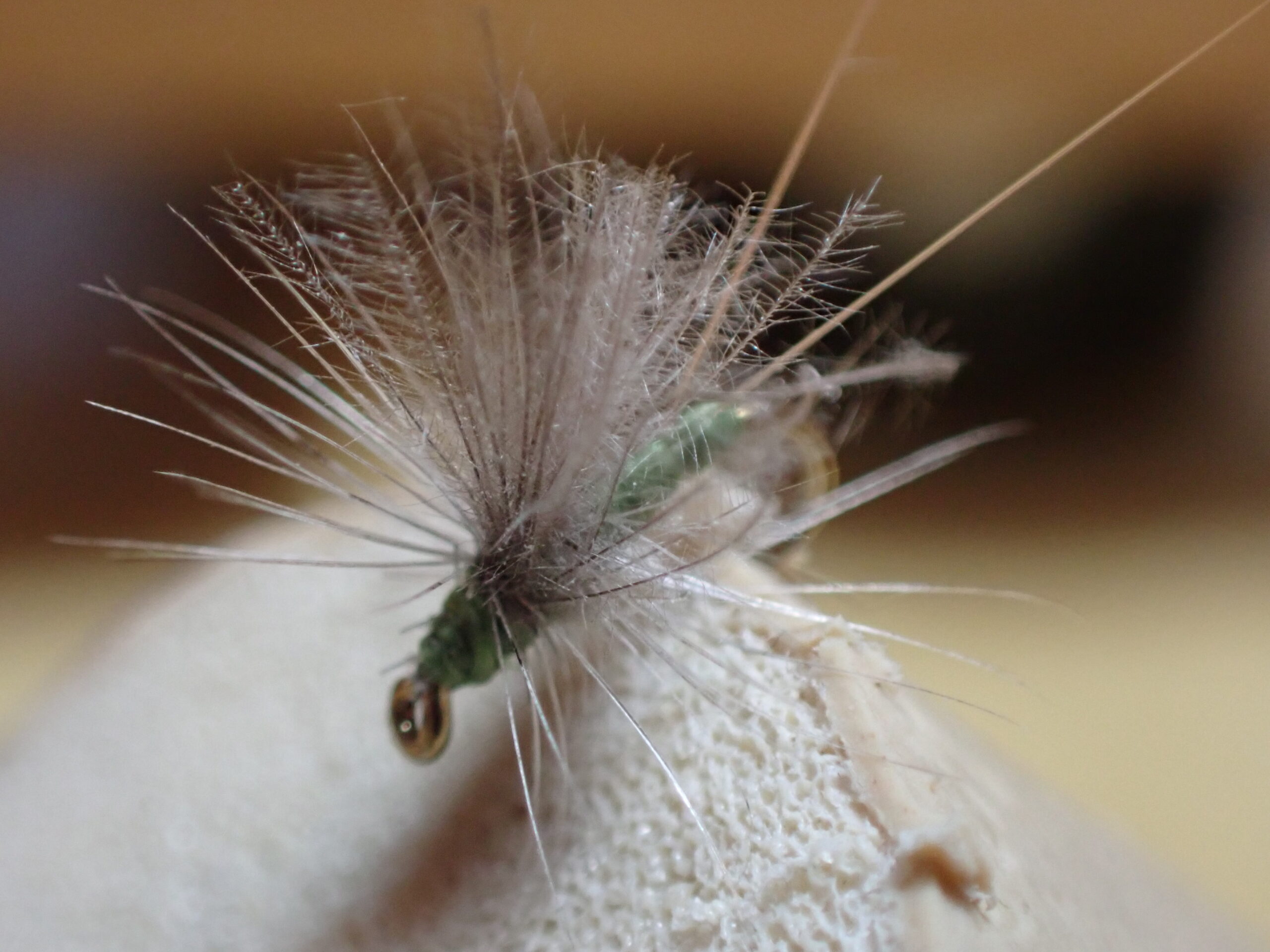 Hackled Variety
Hackled Variety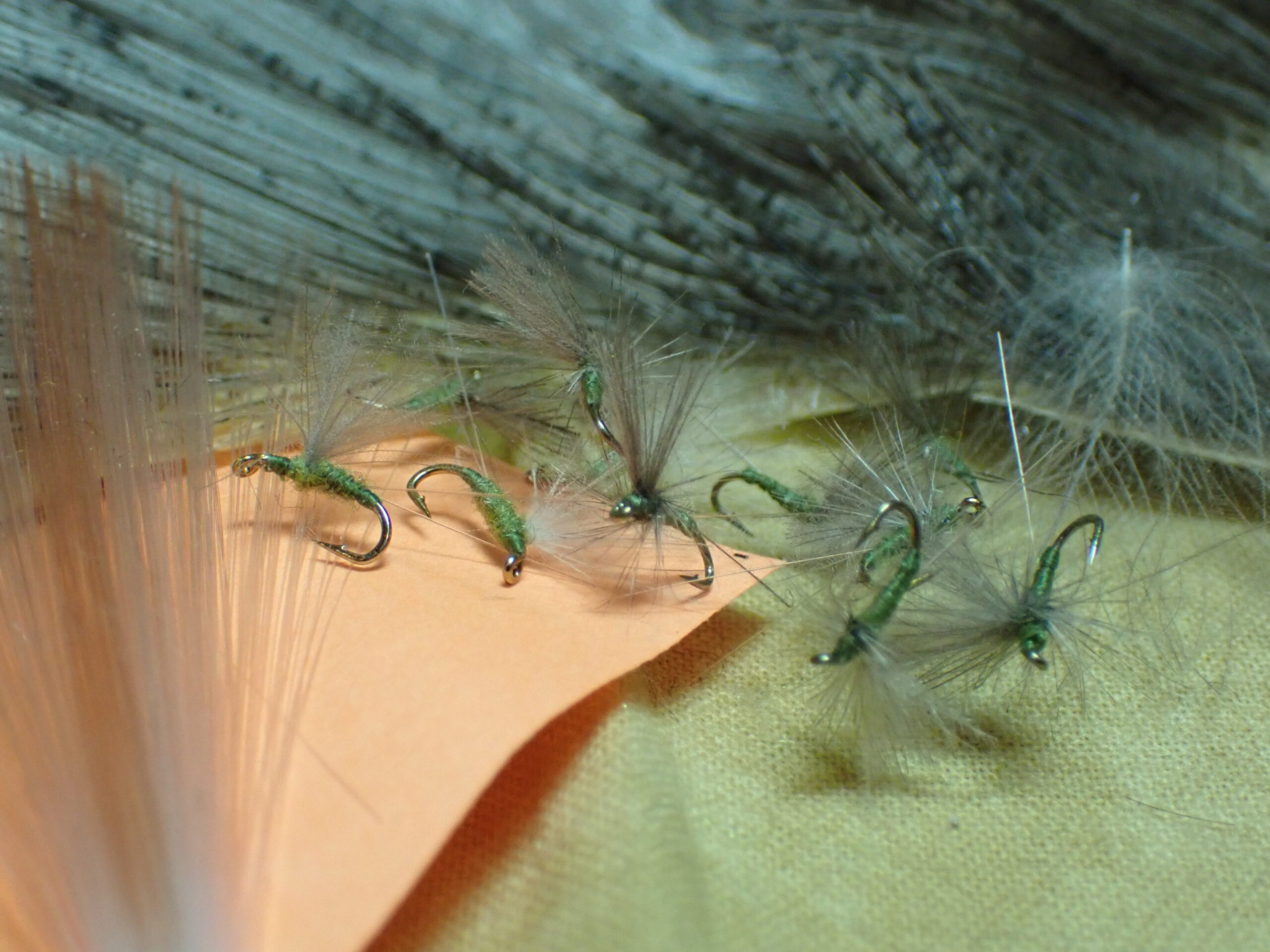 Eleven New CDC BWO Flies
Eleven New CDC BWO Flies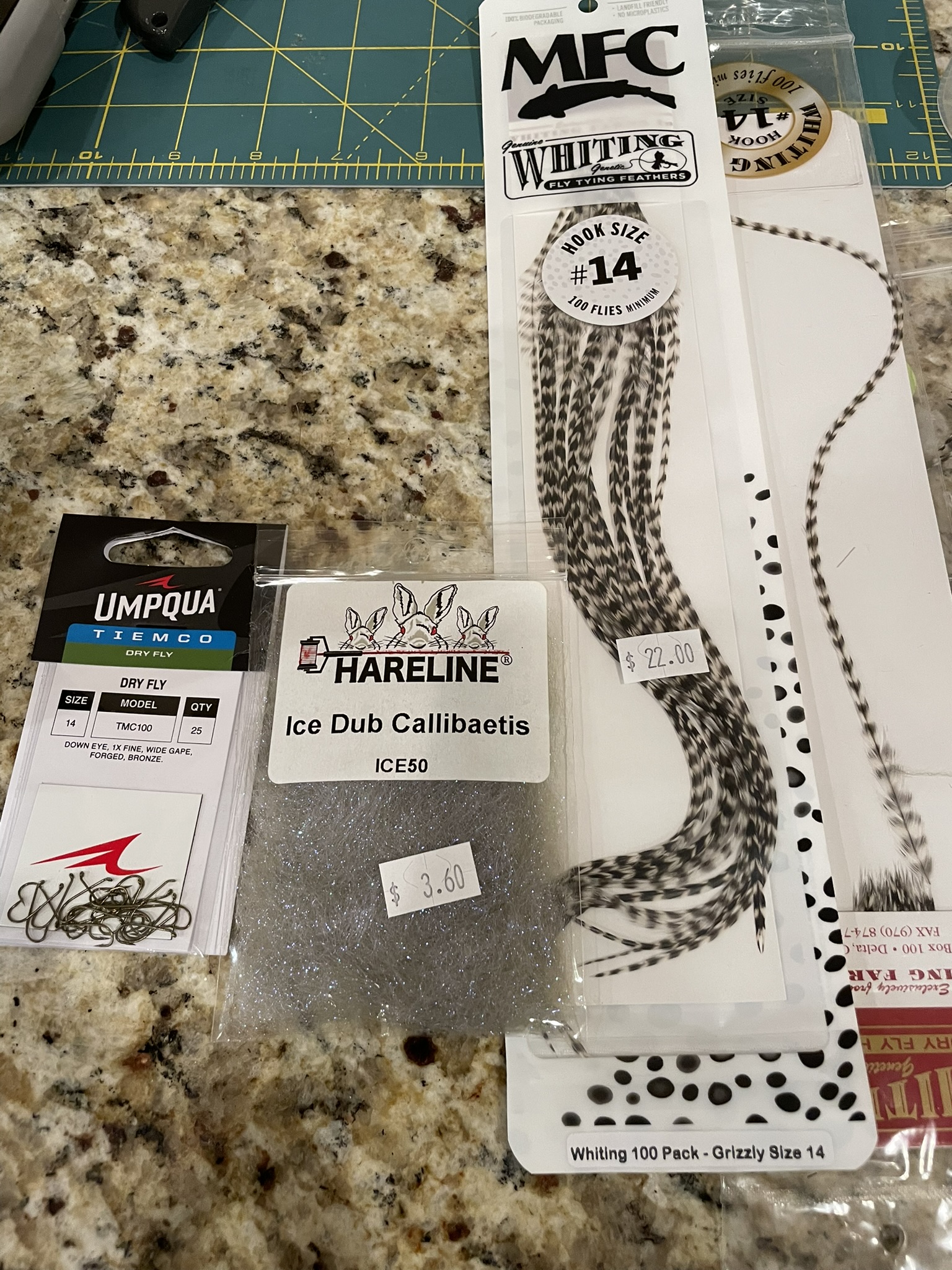 New Materials Purchased to Make Stimulators
New Materials Purchased to Make Stimulators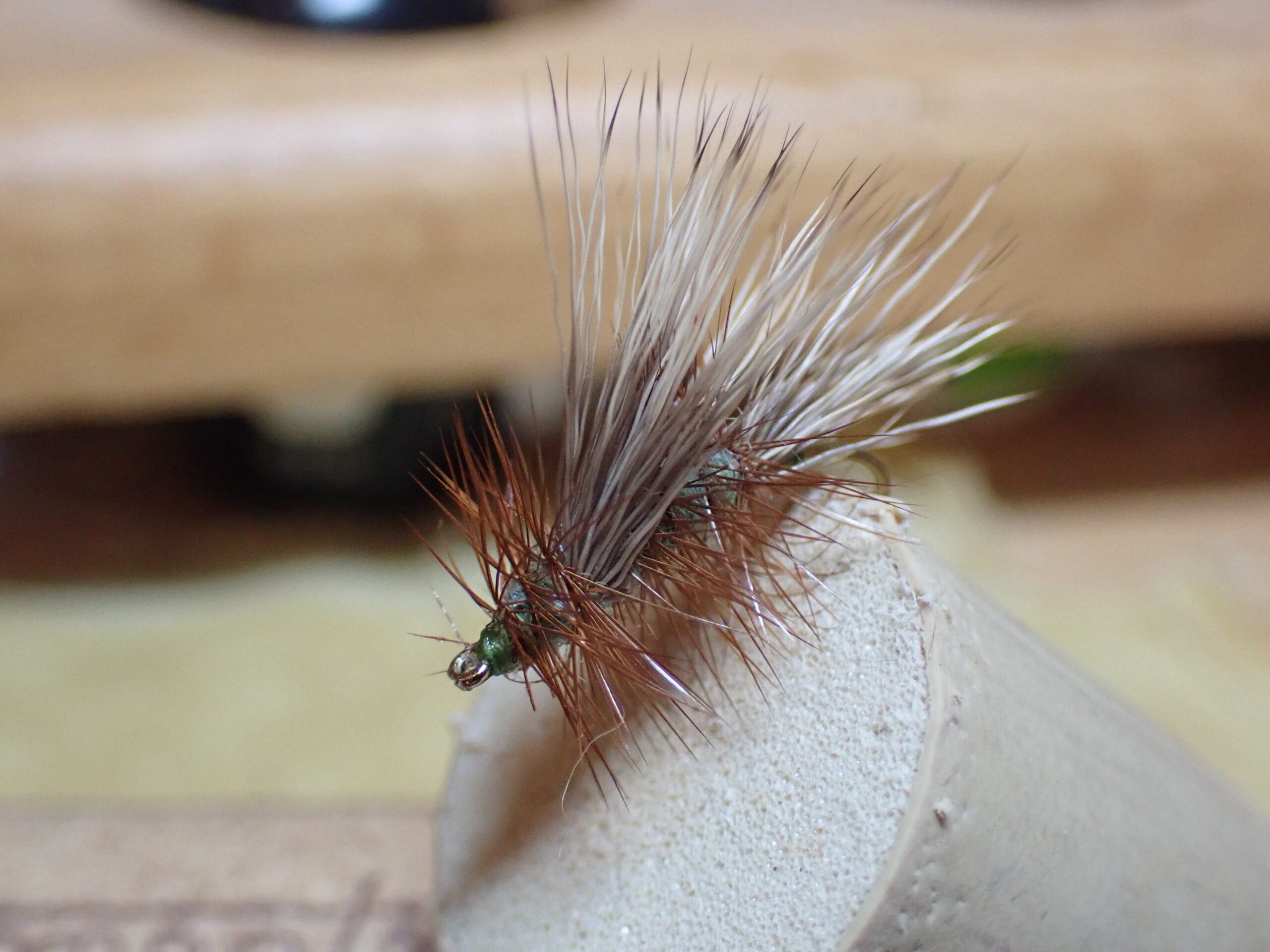 Pale Olive Body Size 14
Pale Olive Body Size 14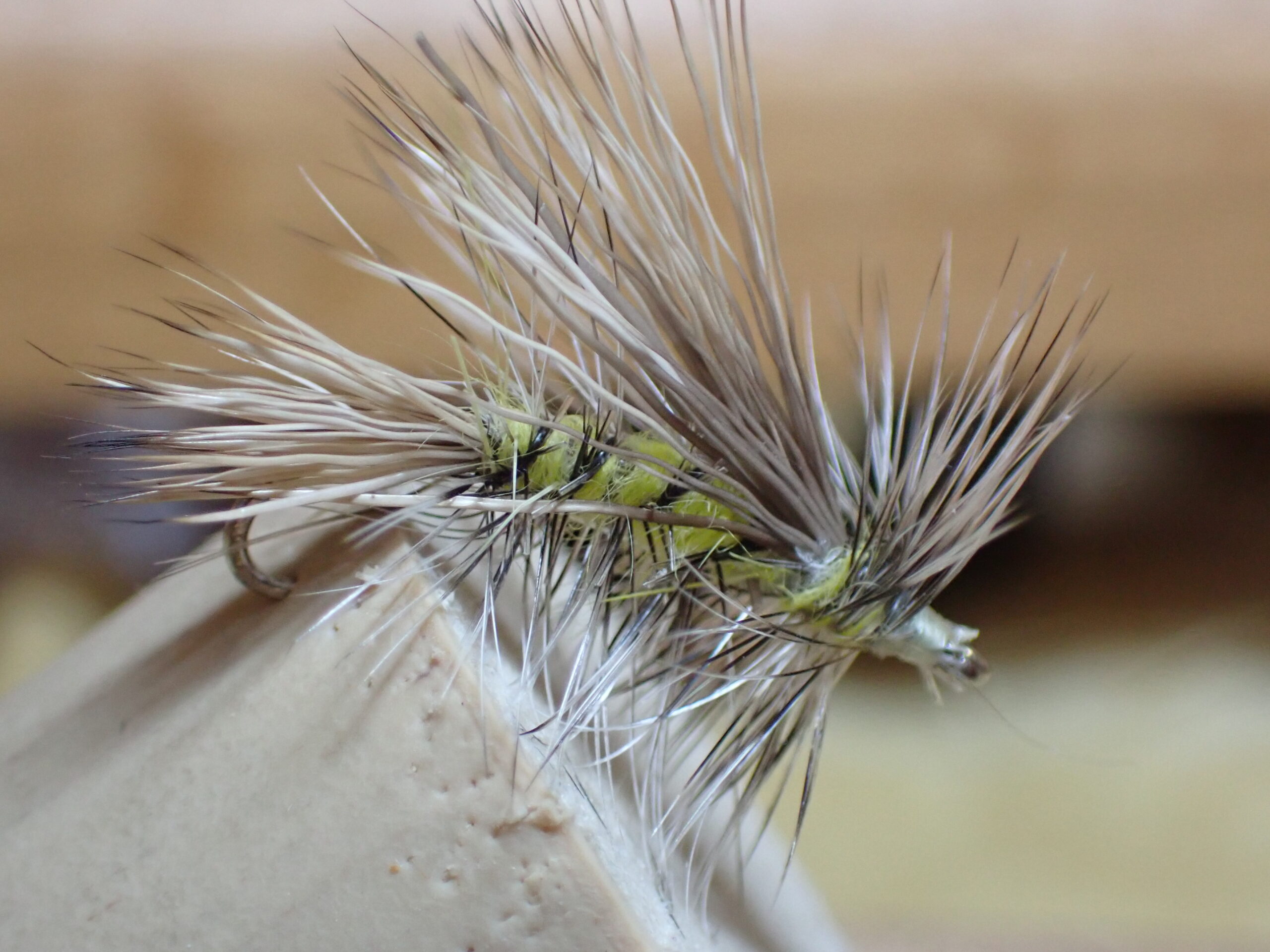 Size 14 Yellow Stimulator
Size 14 Yellow Stimulator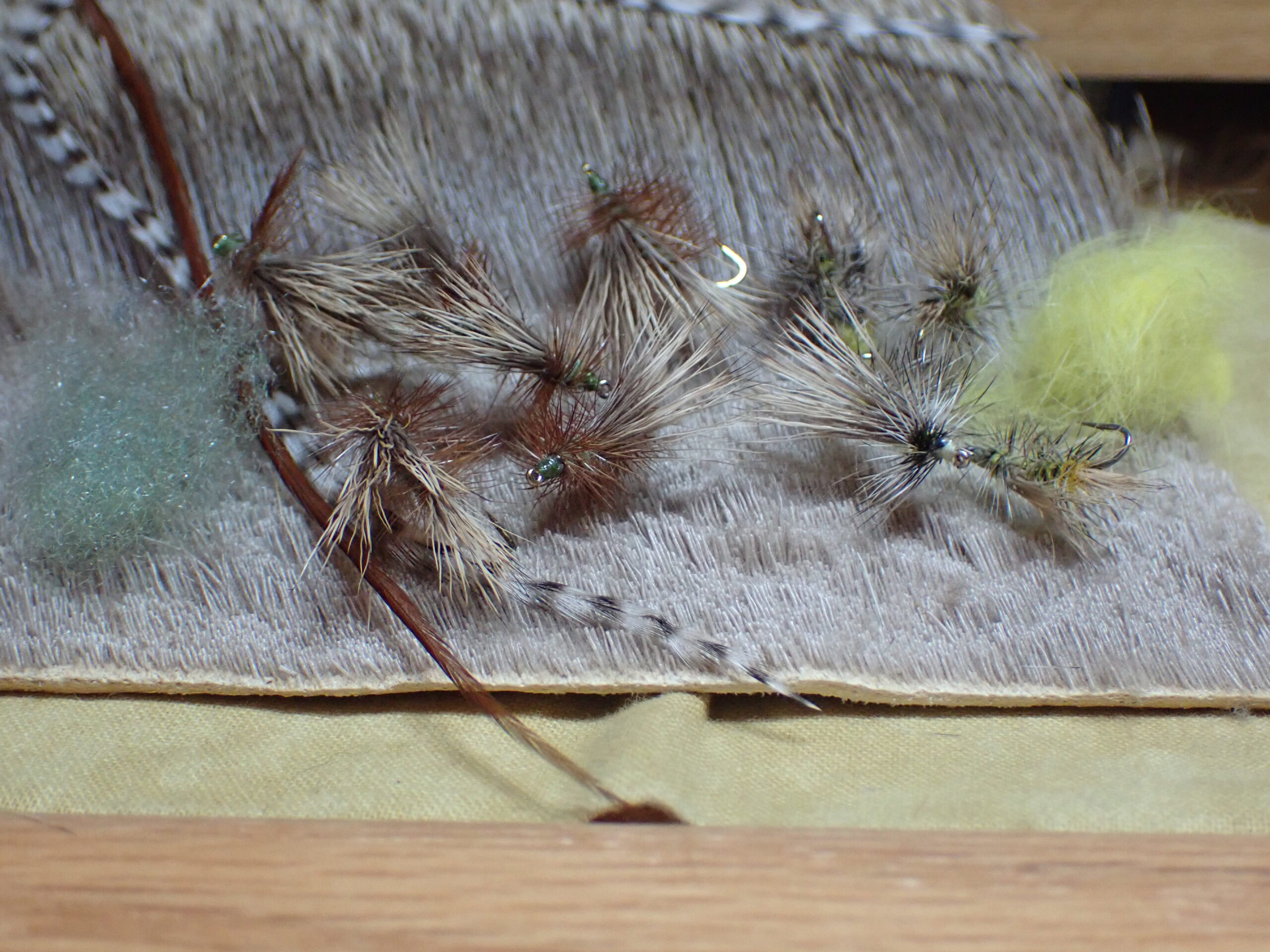 A Batch of Ten
A Batch of Ten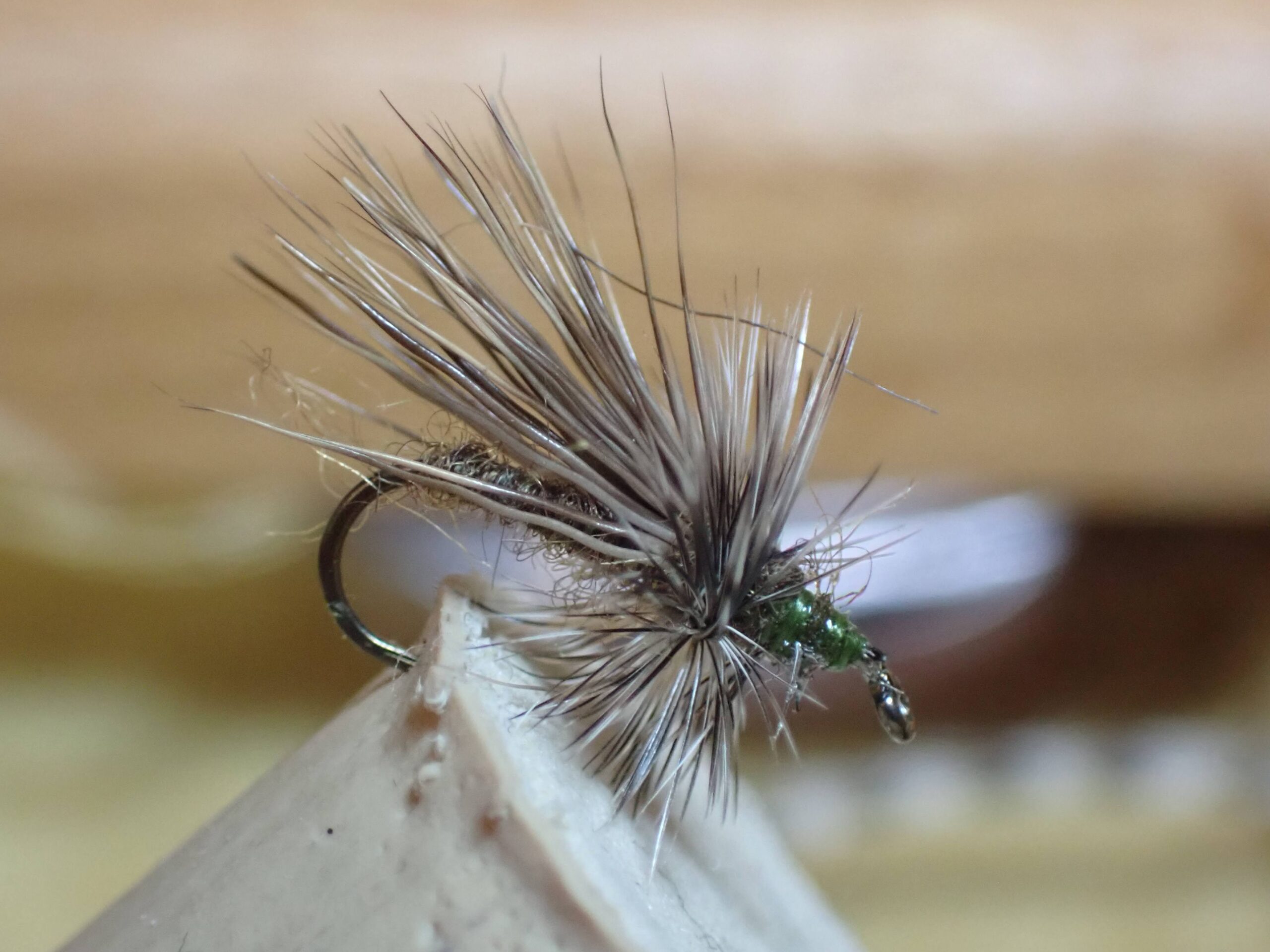 Olive-Brown Ligas Size 14
Olive-Brown Ligas Size 14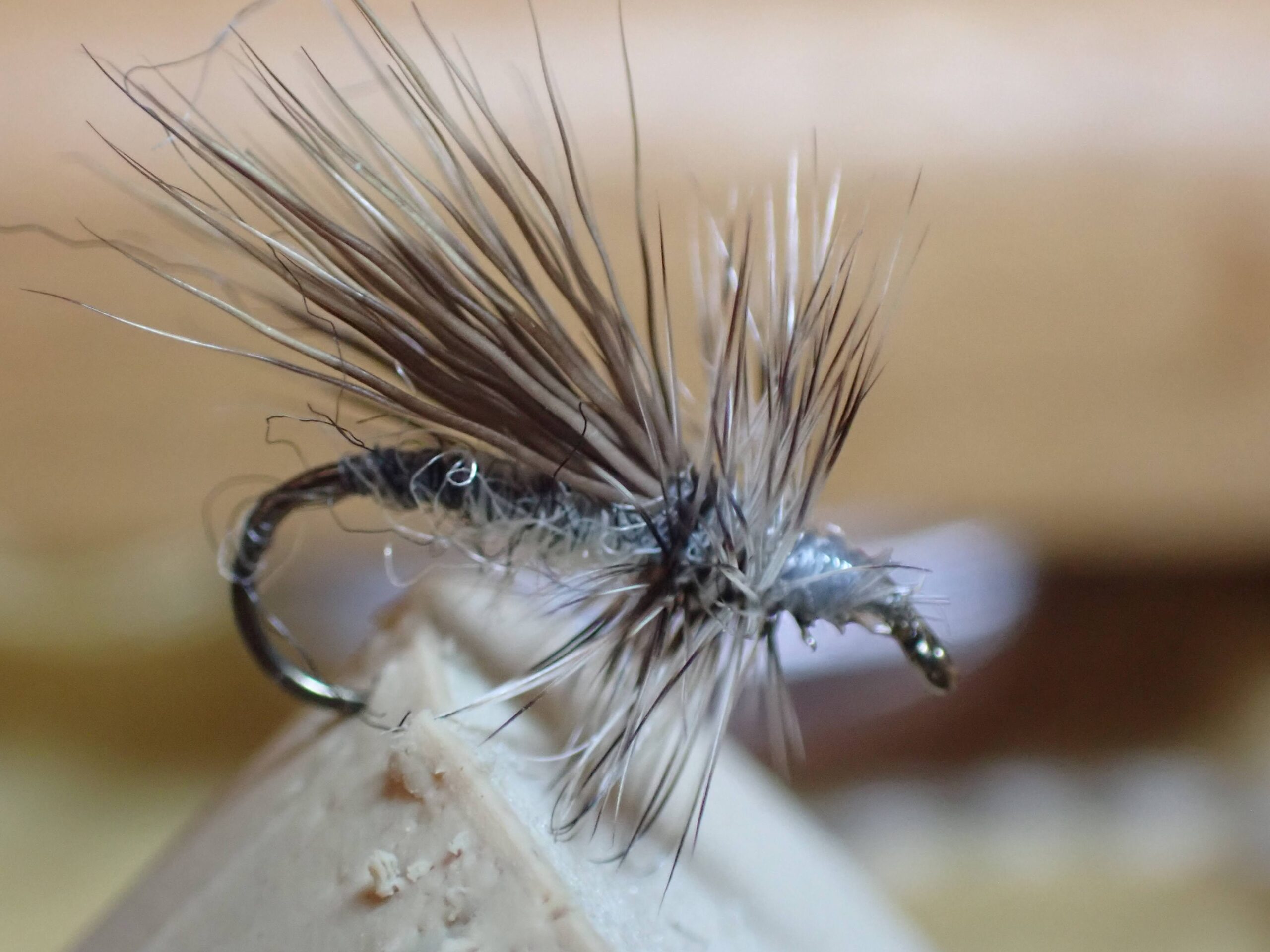 Light Gray Size 14
Light Gray Size 14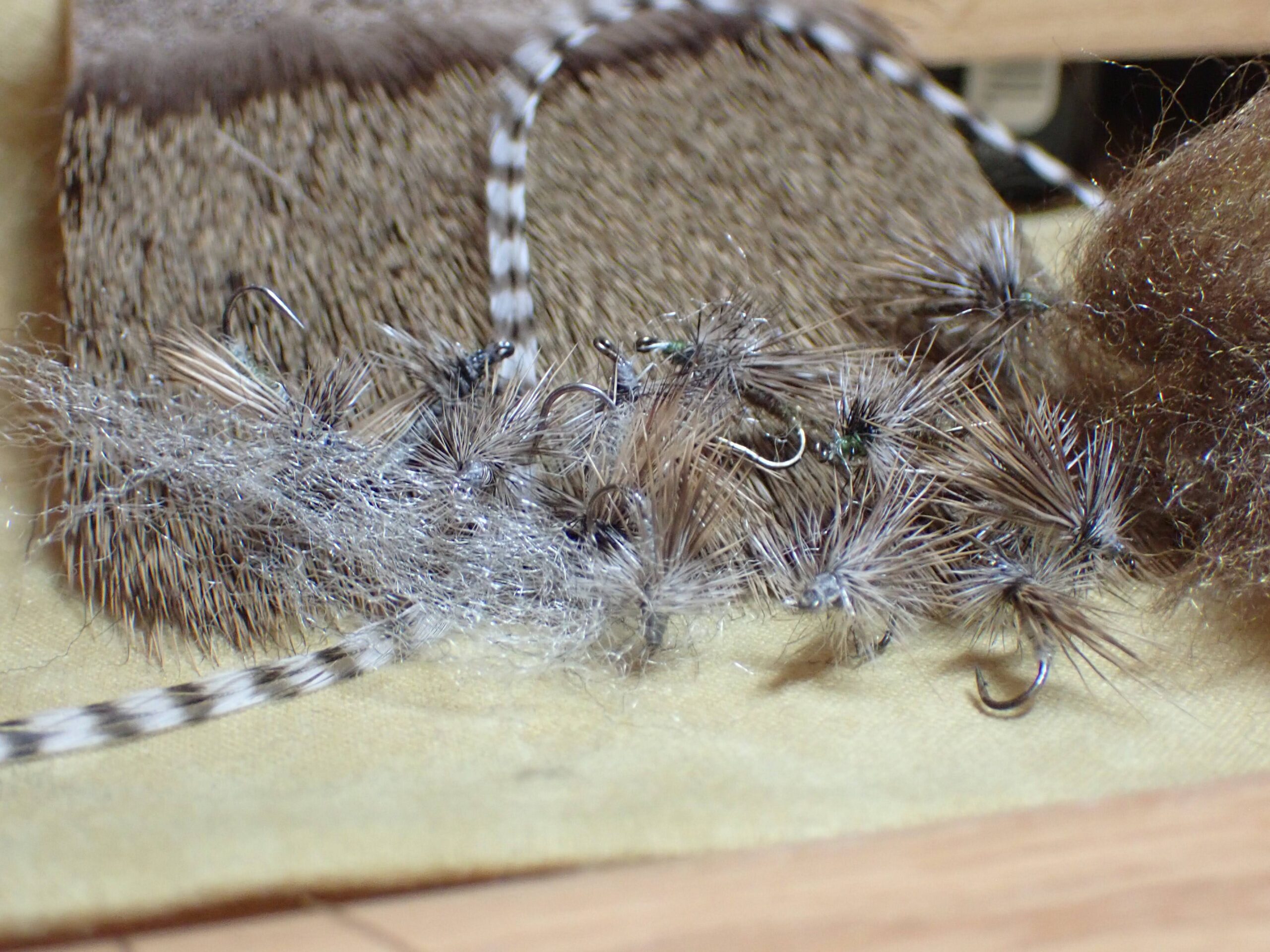 Fresh Supply of Deer Hair Caddis with Materials
Fresh Supply of Deer Hair Caddis with Materials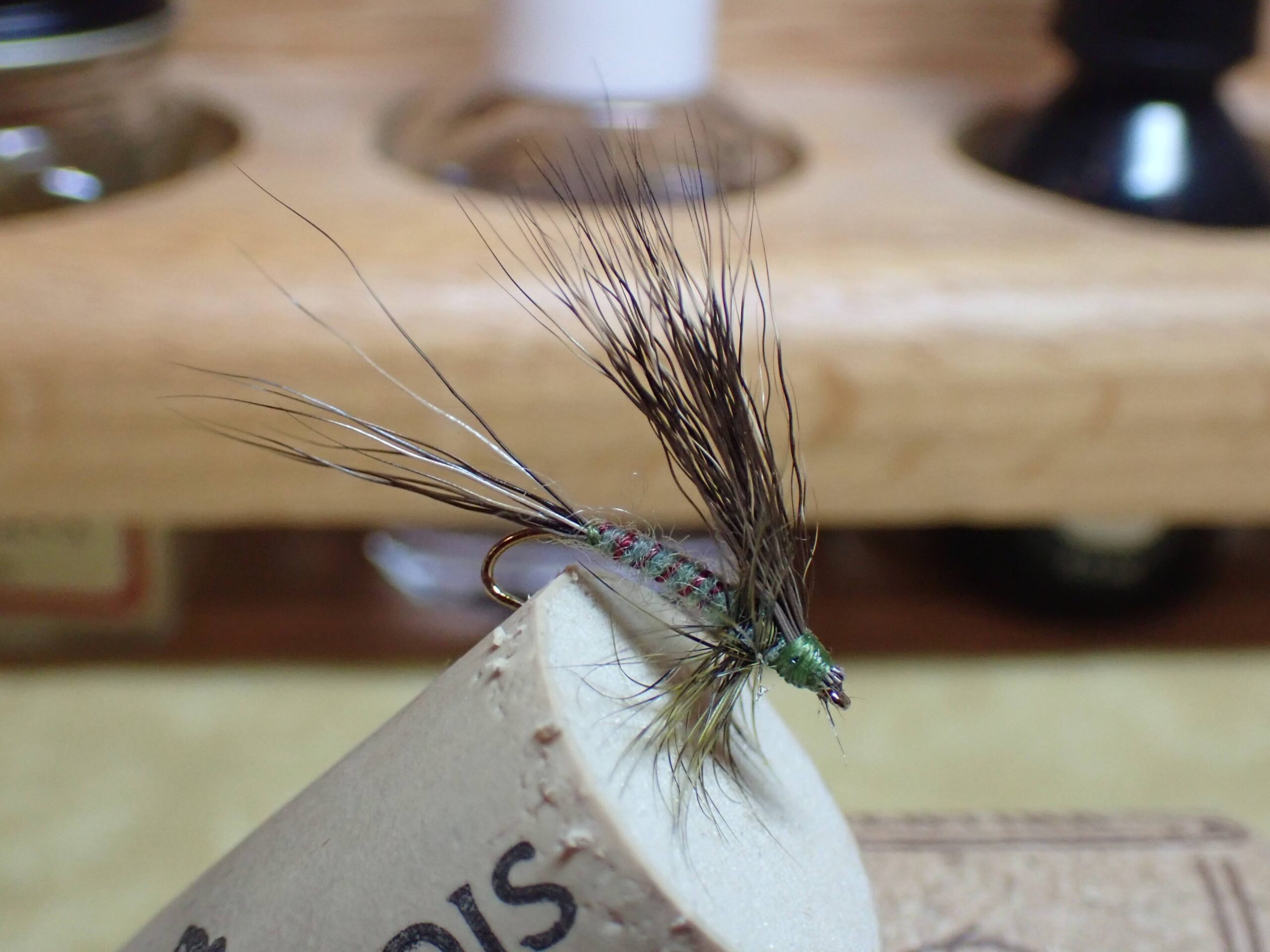 Size 14
Size 14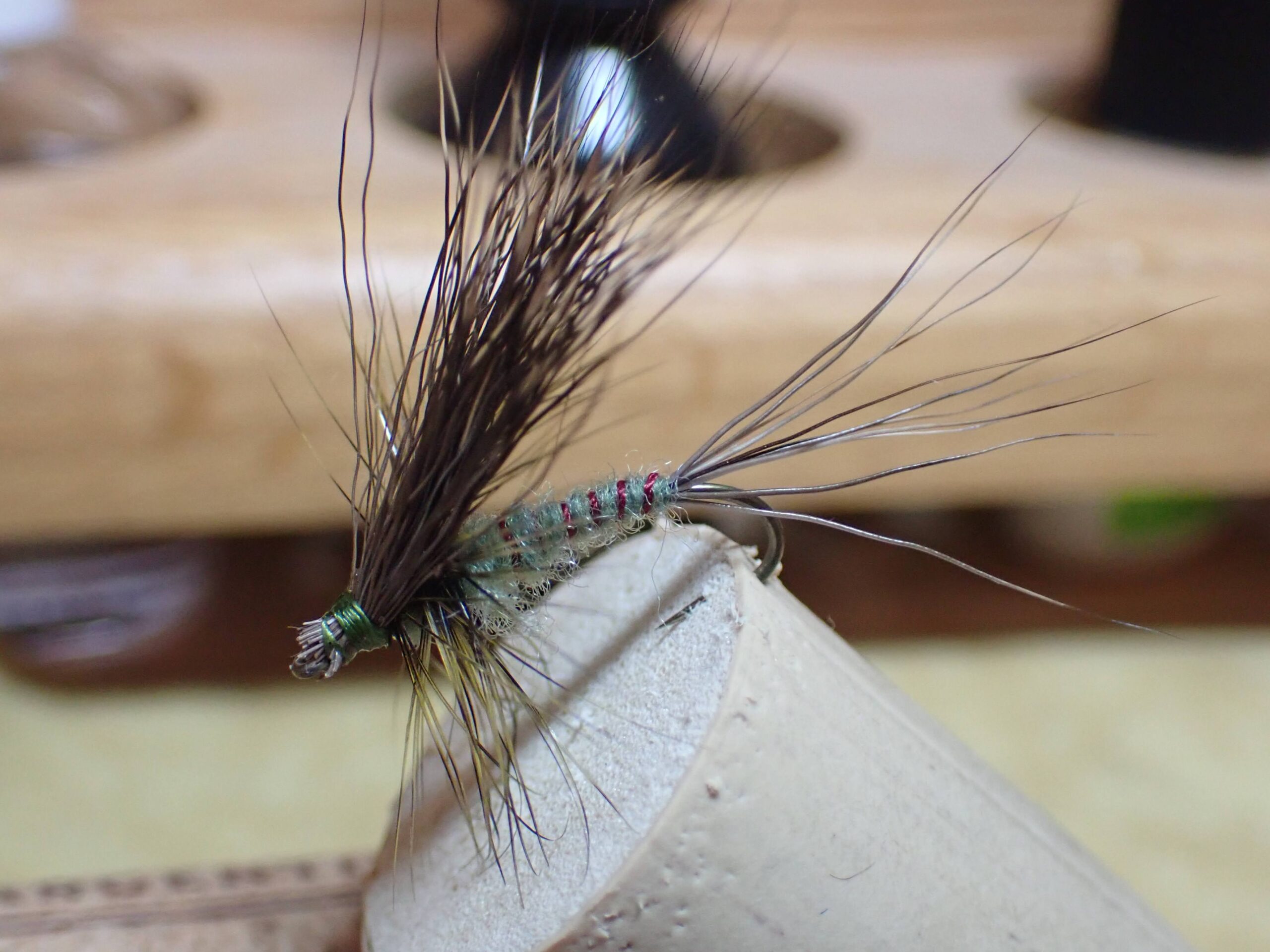 Size 12 Hovering
Size 12 Hovering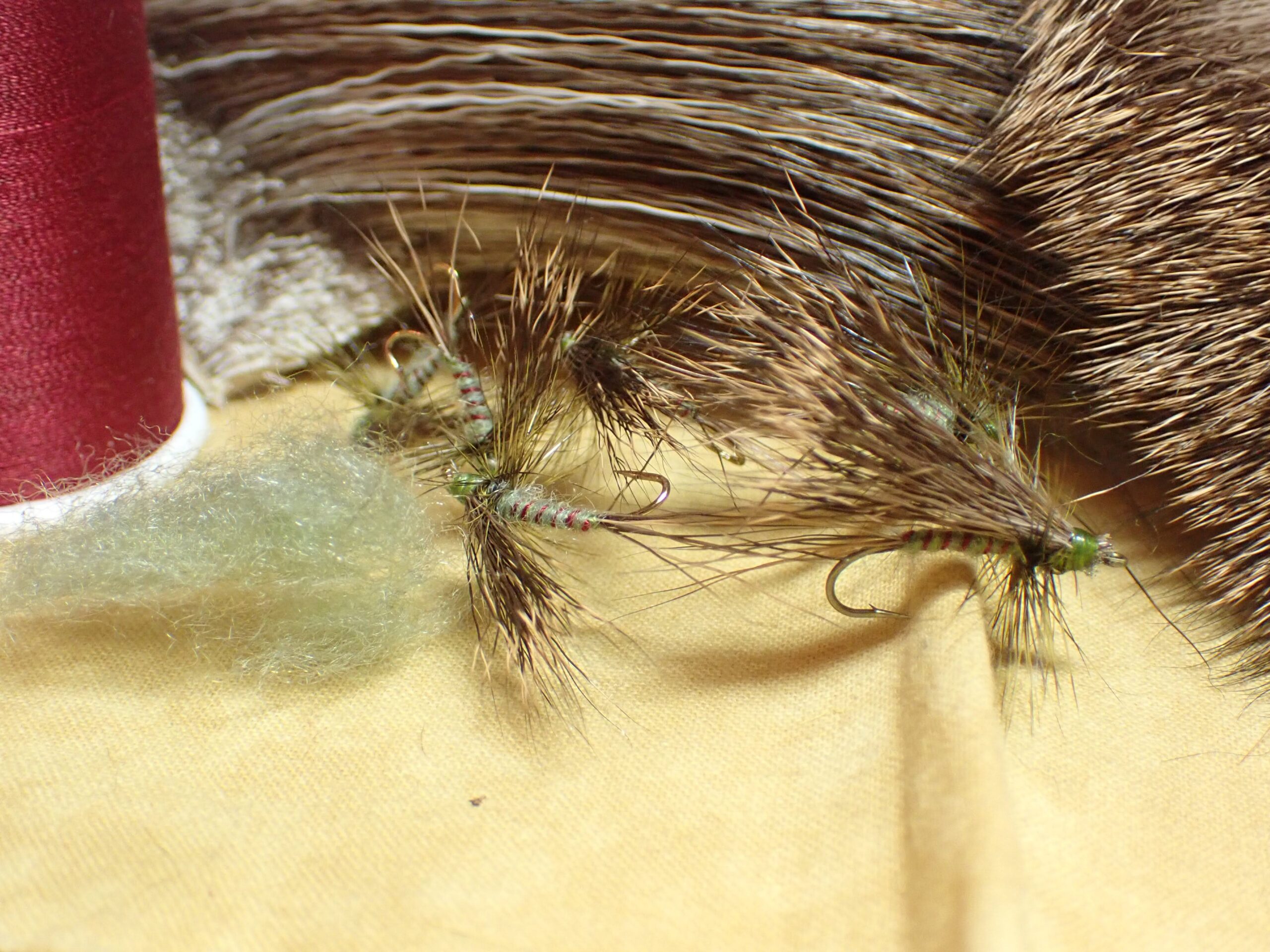 Batch of Six with Materials
Batch of Six with Materials